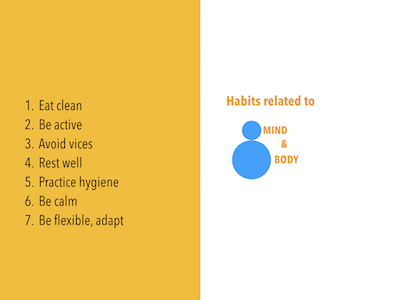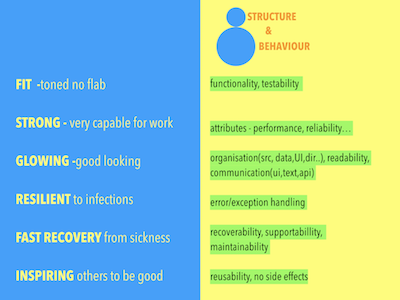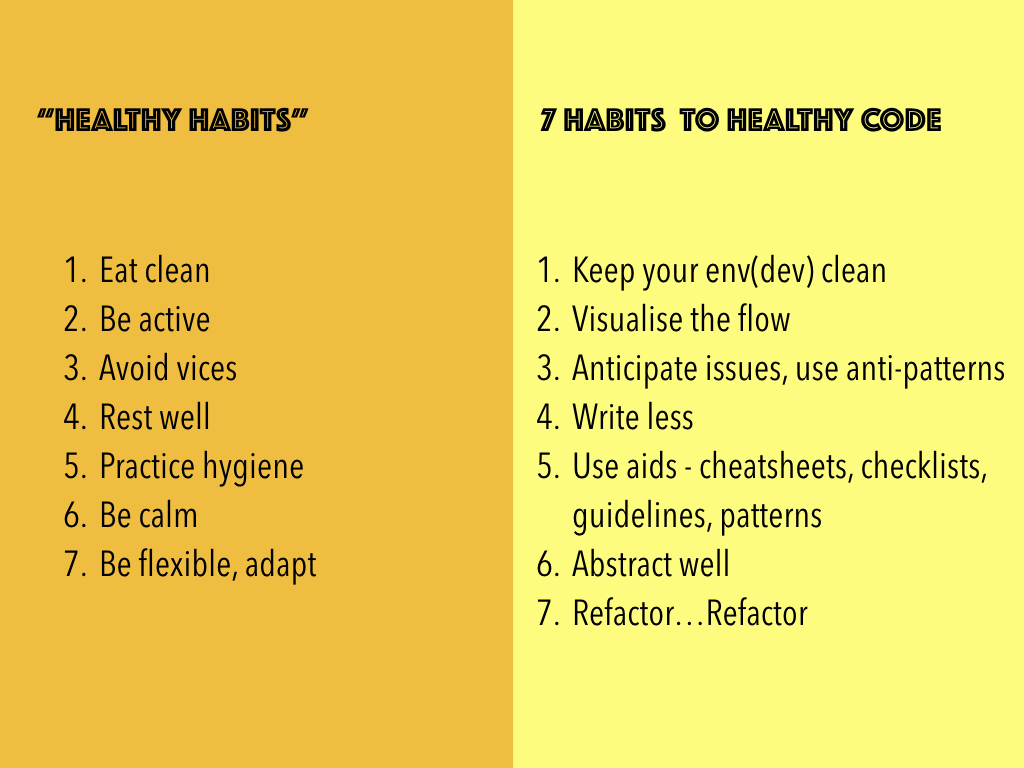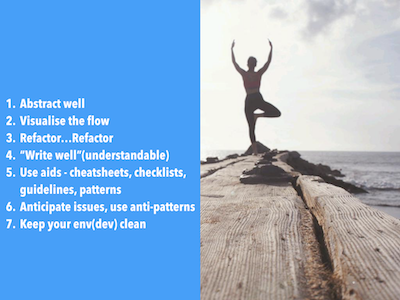(In this SmartBits, Shivaji Raju outlines “ Digital test automation“. The video is at the end of this blog)
There is greater focus on services testing with lot of applications being built with service based architecture, that is one of the things that is changing significantly. From a framework standpoint, there are approaches like BDD and some custom Java-based solutions that people are trending to use when compared to the traditional keyword driven approaches that we were using in the past. The scale at which we test on different types of devices has also increased vis-a-vis when we used to test only on one browser, like IE. Now, the expectation is that we test the product on the web, on native, on different types of devices, the combinations increases.
The other change is in terms of using testing platforms. We don’t want to host mobile devices on premise. We test on Sauce Labs, Perfecto, or LambdaTest, these are some custom solutions that are available which can be used to scale up testing. Even lot of projects have moved from waterfall to Agile based implementations.
The other big thing is the DevOps. In context of testing, continuous testing is something that needs to be automated. So, other than we automate our execution aspects where we automate smoke,regression or different types of tests, whether it is UI services; we need to also ensure that the infrastructure and the test data elements are also automated. When we say Infrastructure, can we automate the deployment of builds into test servers or can we provision the instances on the fly instead of having some manual dependencies to ensure we get an end-to-end continuous pipeline.


















